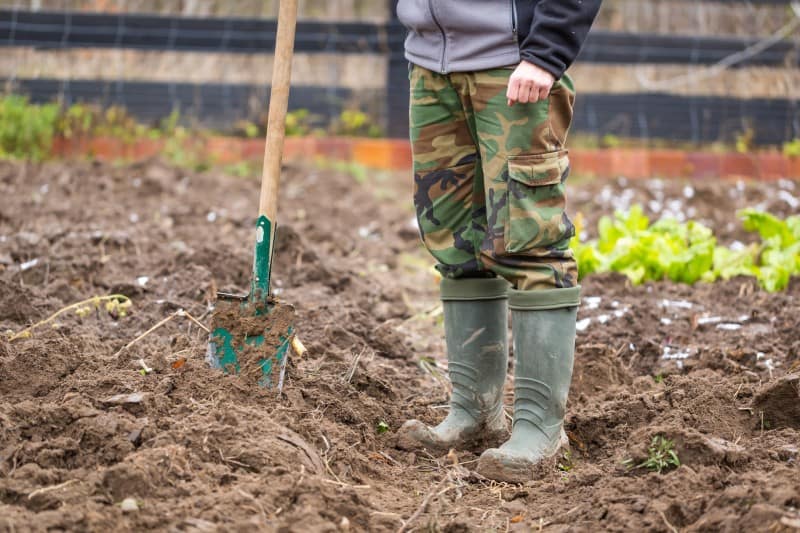Introduction:

Image: www.epichomeideas.com
Imagine stepping out of your home on a sunny day, only to be greeted by a quagmire of mud. The once-pristine path to your garden becomes a treacherous obstacle course, and every footfall leaves behind a trail of unsightly footprints. If this scenario sounds familiar, you’re far from alone. Muddy yards are a common problem for homeowners, especially during the rainy season. But fear not! With the right strategies, you can transform your muddy backyard into a firm and inviting space once again.
Understanding the Causes of Mud:
Before we delve into solutions, it’s essential to understand why yards become muddy. The primary culprit is poor drainage. When rainwater cannot effectively permeate the soil, it accumulates on the surface, creating a boggy mess. Compacted soil, improper grading, and lack of vegetation can all contribute to drainage issues.
Comprehensive Solutions for Muddy Yards:
1. Improve Drainage:
-
French Drains: Install perforated pipes underground at a slight gradient to channel excess water away from your yard.
-
Dry Creek Beds: Create shallow, meandering trenches lined with gravel or rocks to redirect water flow.
-
Grading: Re-grade your yard to ensure proper water runoff. Slope the ground away from your home and create swales to direct water to desired areas.
2. Aerate the Soil:
-
Core Aeration: Use a core aerator to extract plugs of soil, creating channels for water to penetrate.
-
Spike Aeration: Poke deep holes in the soil with a garden fork or aerating spikes to enhance permeability.
3. Amend the Soil:
-
Organic Matter: Add compost or other organic materials to the soil to improve its structure and water absorption capacity.
-
Soil Amendments: Incorporate gypsum or clay conditioner to treat heavy soils and promote drainage.
4. Establish Vegetation:
-
Lawn: Establish a dense, healthy lawn to absorb rainfall and prevent soil erosion.
-
Groundcovers: Plant low-growing plants that spread quickly, such as creeping thyme or creeping Jenny, to cover bare soil and reduce muddiness.
5. Other Techniques:
-
Mulch: Spread a layer of organic mulch, such as wood chips or bark, over the soil to retain moisture and suppress weeds.
-
Permeable Surfaces: Consider installing pavers or gravel pathways to create firm, non-muddy walking areas.
Expert Insights:
According to landscaping expert Sandra Whitfield, “A well-drained yard is the key to preventing mud. By implementing proper drainage solutions and aerating the soil, you can create a thriving outdoor space that can withstand even the heaviest rainfall.”
Actionable Tips:
-
Start by identifying the areas in your yard that are most prone to muddiness.
-
Test your soil’s drainage by digging a hole and filling it with water. If the water does not drain within a day, consider installing drainage measures.
-
Core aeration should be performed annually to maintain optimal soil health and water penetration.
Conclusion:
With a concerted effort and the right strategies, you can transform your muddy yard into a pristine and inviting space. By improving drainage, aerating the soil, amending it with organic matter, and establishing vegetation, you can reclaim your backyard and enjoy it fully, no matter the weather. Remember, a firm and mud-free yard is within reach, and the benefits are well worth the investment.

Image: patiogateway.com
How To Fix A Muddy Yard
https://youtube.com/watch?v=oKm-0wMwQN8